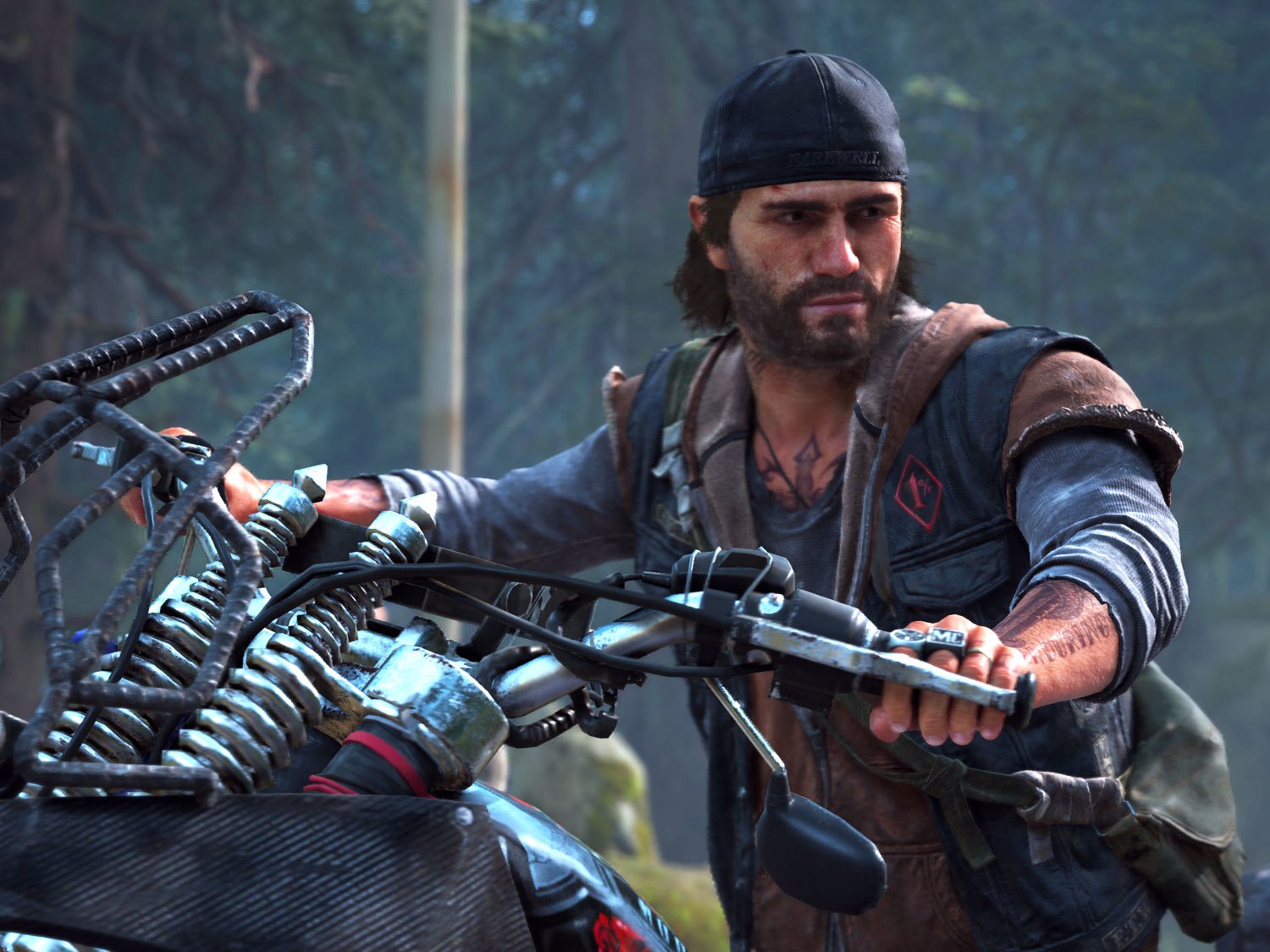Nature Knows and Psionic Success
God provides
Days Gone Is Interesting But Impossible to Take Seriously

In Days Gone, users play as Deacon St. John, a drifter/bounty hunter who lives on the road. The loading icon in Days Gone is an in-game model of a ring. It appears whenever the game’s surprisingly frequent loading screens appear, spinning in the bottom right corner with a silver sheen. It’s a symbol the game treats with a good deal of reverence. Given to the (apparently) deceased wife of the biker protagonist before her death, it’s something of a leitmotif—always there, lingering just outside of immediate memory. But it’s also a gaudy thing, a self-consciously edgy trinket, shaped like the skull of some dead animal. Days Gone is sincere in its reverence of this object, and the relationship it symbolizes, but it’s also a little tone deaf. Days Gone is so immersed in its own world that it fails to realize how silly it looks. That sense permeates Days Gone , the new game from developer Bend Studio. Exclusive to the PlayStation 4, it’s a game that exists within a familiar form, set in a vast open world teeming with various hostile factions, including a seemingly infinite horde of zombies (called "freakers," which, OK, sure). It is more interesting than it initially appears, but it’s also a little much. It’s a game entirely reverent of the world it creates, but without seeing how that world, well, maybe is a good deal sillier than the game would like you to think. Days Gone is the story of Deacon St. John, a biker who formerly ran with a fictional gang called the Mongrels. After a zombie apocalypse ravages his world, he lives in Oregon with his best biker buddy, Boozer, and the two survive as nomadic guns-for-hire, doing odd jobs, taking bounties, flitting between various fenced-in survivor camps. It’s nothing fans […]
Click here to view full article
